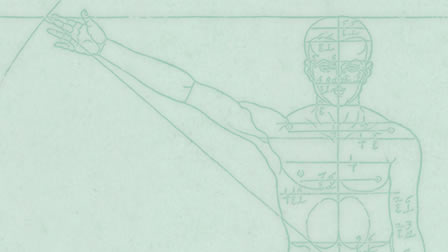COURSE and LEARNING OBJECTIVES
The important discovery of the sub SMAS spaces has refined anatomical understanding and the application of the SMAS leading back to the Composite Facelift.
This course is directed to help both senior plastic surgeons, fatigued with disappointments over the years in applying the anatomy in their procedures and to younger surgeons, discouraged by the complex learning curve of facelift surgery.
SPECIAL GUEST
Bryan MENDELSON, MD
Melbourne, Australia
Melbourne, Australia
Practices in Melbourne Australia at his private clinic, The Centre for Facial Plastic Surgery. He graduated in Medicine at Melbourne and spent a ...
COURSE DIRECTORS
Andrea GRISOTTI, MD
Riccardo MAZZOLA, MD
SCIENTIFIC SECRETARIAT
Massimo CALLEGARI
Ilario M. DE LORENZI

PROGRAM
- 08:30 - 08:45Registration
- 08:45 - 09:00Introduction(A.Grisotti, R. Mazzola)
- 09:00 - 13:00Live surgeryAnatomical Approach to the Facial Rejuvenationinjection (B. Mendelson)
- 10:30 - 11:00Coffee break
- 13:00 - 14:00Lunch
- 14:00 - 15:00LectureUnderstanding facial anatomy and its application in facelifting: facial spaces and the composite facelift (B. Mendelson)
Modern facial rejuvenation surgery commenced with the "era of the SMAS" in the seventies and eighties, progressed through the "era of the ligaments" in the nineties and has now entered a third phase of anatomical understanding, the "era of the spaes". The discovery of the series of sub SMAS spaces has brought together enough pieces of the anatomical jigsaw puzzle to understand the facial nerve in context. This determines how and where to operate safely in the face with effectiveness and predictability. - 15:00 - 16:00LectureApplied surgical anatomy of the mid cheek (B. Mendelson)
The mid cheek occupies the most prominent part of the face between the two key structures of communication, the eyes and the mouth. It is also the most complex region of the face. A useful way to understand the mid cheek is by study of the changes of the surface anatomy that occur with aging. The youthful mid cheek is characteristically uniform, smooth and rounded. With aging the surface breaks down into the three separate segments seen in adults. Each segment is separated from the other two by a surface groove or furrow that is the outward manifestation of an underlying separate component of internal mid cheek anatomy. - 16:00 - 16:30Coffee break
- 16:30 - 17:00LectureImportance of the facial skeleton in appearance and its application (B. Mendelson)
1. Importance of an attractive facial skeleton
2. Aging of the facial skeleton
3. Lessons from lipofilling
4. Options in volume addition
5. Advantages of replacing bone loss with "like" tissue - 17:00 - 17:30LectureControlled upper lid blepharoplasty: application of anatomy (B. Mendelson)
Advanced upper lid blepharoplasty, like facial surgery in general, has moved away from direct skin tension to reshaping by retoning the superficial fascia through restoring its attachment to the deep structures. The tarsal fixation blepharoplasty technique provides independent control of the two components of the lid. The pretarsal skin is securely defined permanently with natural skin tension, by a precise lid crease. When the volume of the lid fold is restored with lipoinfiltration it not only helps restore the shape of the fold but also the tone of the deflated skin. - 17:30 - 18:00Q&A
- 18:00 - 18:15Evaluation through questionnaire
- 18:15 - 18:30Conclusions and adjournment
COURSE VENUE
CASA DI CURA SAN PIO X
Via F. Nava, 31 – 20159 Milan (MI)

